Beginner’s Guide: Céline Sciamma, Writer & Director
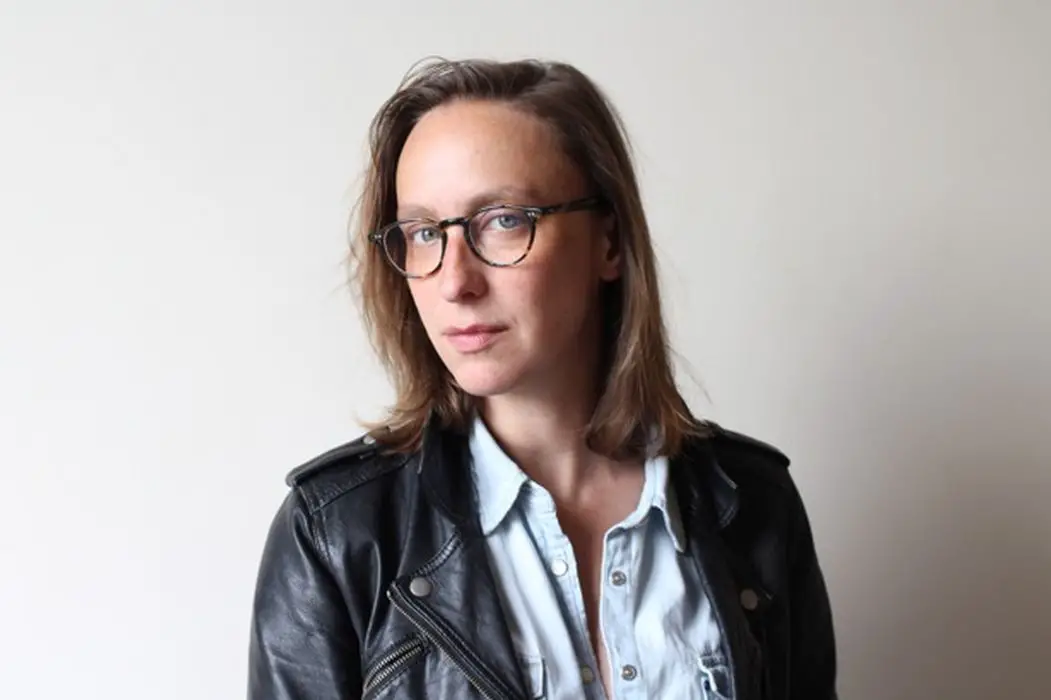
Alex is a film addict, TV aficionado, and book lover.…
It’s been hard to miss Céline Sciamma this past year, what with the rapturous praise she’s been getting for her latest film, Portrait of a Lady on Fire. One might call it a breakout, except Sciamma’s been making films with the same riveting intimacy and remarkable control for years, films that consistently earned high marks but didn’t quite make her a big name on the international scene.
Perhaps you heard rumblings about Girlhood, which strangely came out the same year as Richard Linklater’s Boyhood. Or perhaps you’ve seen the poster for Tomboy, with its disheveled titular character staring off into the distance. You’re best bet, though, is probably My Life as a Zucchini, the colorfully animated Oscar nominee that you’d never guess was penned by Sciamma.
Even if the world hasn’t been connecting the dots, Sciamma’s been turning out some of the best and most consistent work of the past decade, digging into experiences others have left frustratingly undisturbed. So no, Portrait should not be viewed as her breakout; it should be her canonization as one of the best filmmakers working. Its high points are built on so much of what came before that mapping it all out makes her ascension seem inevitable and her long-term position secured. If all you’re aware of is Portrait, then boy do I have some movies for you to check out.
Water Lilies (2007)
Wasting no time, Sciamma took a script she wrote as her final project for the French nation film school La Fémis and began shooting her debut a year after graduating. The beginning of her so-called coming-of-age trilogy, Water Lilies is both an unabashed riff on American teen movies and a push against them, taking the usual archetypes, angst, and sexual tension and filtering them through a reserved girl navigating the doldrums of Paris’ suburbs.

Of course, no one’s teenage years were boring to them, which Sciamma captures through the earliest example of her striking visual metaphors. Young Marie’s world opens up when she visits a synchronized swimming competition, where she is awestruck and smitten by the older and more gregarious Floriane. She worms her way into Floriane’s world, proving far more willful than her timid exterior lets on. Floriane, too, reveals herself in unexpected ways, as does the entire microcosm of their swiftly changing world.
The longing and uncertainty that permeates Water Lilies is all stuff you’ve seen before, but rarely is it looked at this straight in the eye. There’s no gross-out humor, no grand mishaps to heighten the everyday occurrences. Instead, Sciamma lingers on the synchronized swimmers, on the contrast between their cheerful demeanor above water and their physical exertion below. The unnatural sport heightens the surrounding events on its own, personifying the churning emotions everyone seems unwilling to fully acknowledge.
Water Lilies was the first of many of Sciamma’s films to premiere at the Cannes Film Festival, immediately marking her as someone to watch out for. It’s got the awkward scene transitions and blunt moments of a first film, but the training wheels would quickly come off, much to the delight of those who threw their support behind her.
Tomboy (2011)
With just her second feature, Sciamma would deliver possibly her finest work to date (it’s certainly my favorite), a lean 82 minutes on the flexibility of gender.
Taking place among a group of neighborhood kids, newcomer Laure is introduced as Mickäel and quickly becomes one of the boys, roughhousing, playing soccer, and falling in puppy love. It’s all chill and natural and completely attune to the way, even in preteen years, kids are displaying their gender.
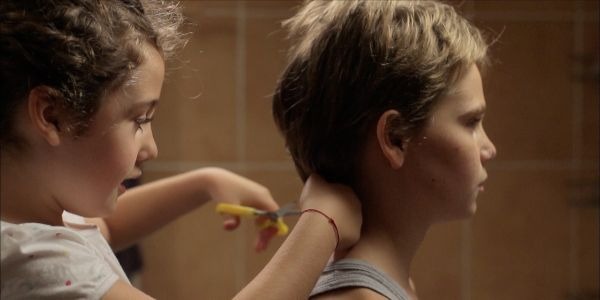
Being far too young for declarative statements, Mickäel’s identity is almost entirely asserted through these gestures, making for a film that seems small in description but is expansive in reality. Take a pivotal soccer game, for instance. The boys play while the girls don’t. Mickäel has watched from the sideline for a few days but decides to hop in, slowly becoming more comfortable and more athletically dominate. The sequence is spare, unadorned by music, simply observing the boys at play for several minutes. By the time Mickäel is moving as one of them it has become something like an action scene, with the choreography of their bravado and Mickäel’s assimilation into it making your heart pound.
Like so many of Sciamma’s films, Tomboy has incendiary politics without being a political film. No one spouts talking points on gender identity and the narrative never leaves these pivotal few weeks of the child’s life. Instead, Sciamma shows the way lives are politicized, the way following your natural course can lead you directly into societal walls. That’s the underlying tragedy of Tomboy, and this humanist approach made it into an unexpected success. The film was shown for some time in schools throughout France and Sciamma often remarks how the film took on a life of its own in her home country, but still, worldwide name recognition didn’t come.
Girlhood (2014)
Taking on a much broader world in the final film of her coming-of-age trilogy, Girlhood follows teenage Marieme as adulthood looms and her options dwindle. It’s all too much for her to take on (she’s just one poor black girl in suburban Paris), and looking for a way forward, she falls in with a vivacious but troubling group of friends.
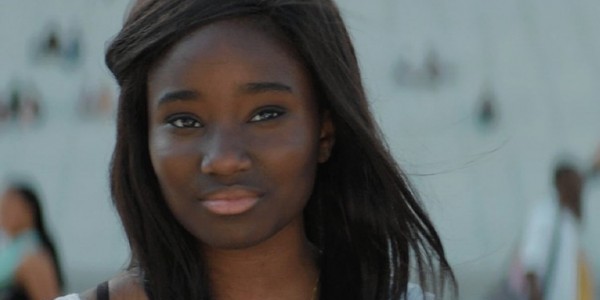
They shoplift and fight, mostly because that is the social structure around them, and in keeping this forefronted, Sciamma sidesteps making this a rote descent into a predetermined life. What ropes Marieme into her new group are the smaller promises of camaraderie and support, not the fancy trappings of the life they skirt around. When they steal some nice dresses and get a hotel room, they don’t simply luxuriate in their ill-gotten gains. They blast Rihanna’s “Diamonds” and dance freely, and it’s this image of the girls losing themselves in an imagined future that defines the film (and is arguably the most striking thing Sciamma has put on screen).
Music, while used sparingly, often makes for rapturous moments in Sciamma’s films, which highlights how she uses scarcity to heighten a film’s impact. The movies she directs are never long (Portrait is the only one to pass the two hour mark, and it’s by a whole one minute). The stories are contained character pieces and the approach one of minimalistic observation. She has the technique to make powerful statements with framing, editing, and all the other tools of the trade, but she whips them out only when necessary.
It would be tempting to praise Sciamma for rigorously serving the story, but there’s a c*ckiness to this approach. If those big moments don’t land then the movie will be painfully flat, but she lands them time and again, giving us indelible moments like Marieme’s dreamy dance that most filmmakers would be proud to pull off even once.
Writing Projects
While penning all of her own directorial efforts, Sciamma also picks up writing gigs here and there, allowing her to fill in gaps between her own films. This means there’s several movies on her resume where she’s one of many writers, making it hard to pin down the influence she had. There’s two films, though, where she’s credited as the primary screenwriter and not the director, Being 17 and My Life as a Zucchini, and it’s pretty obvious to see why she was hired for each. That coming-of-age trilogy marked her as one of the best writers for children and teenagers, and both films show off the unusual depth she brings to young characters.
André Téchiné’s Being 17 features, you guessed it, 17-year-olds, namely two boys struggling with their growing attraction to each other. With fights and long stares taking the place of straightforward conversations, the hallmarks of Sciamma’s quiet, patient storytelling is there, as is its unexpectedly heavy emotional payoff. Time, time is what she lends to characters, enough to turn them inside out, and these two reserved boys are ripped open by the end of this film.
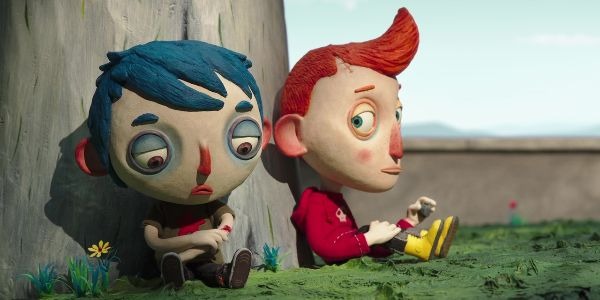
The same is done for the fleet but beloved My Life as a Zucchini, a stop-motion animated film about a young boy sent to an orphanage. A tough watch but never dreary, Sciamma packs in so much life to this adaptation of a 2002 French novel that you’ll be shocked to see it’s only 70 minutes long. Sciamma, always the minimalist, doesn’t need the extra time to make the pains and joys of this particular childhood pop, as seen in a standout moment where the kids stare at a child being helped up by their mom. It’s simple, matter-of-fact, and highlights a devastating gap, and it’s moments like these that earned the film rapturous praise and an Oscar nomination for Best Animated Feature.
Portrait of a Lady on Fire (2019)
Moving on to adulthood proved lucrative for Sciamma, as it’s Portrait of a Lady on Fire that finally brought the worldwide recognition she’s long deserved. From its opening at Cannes to France passing it over for the Best International Feature category at the Oscars(all but assuring it would get zero nominations), the film has been talked about for months with few people actually getting to see it, and while that buildup would lead to a letdown for lesser films, Portrait is anything but a lesser film.
Taking place on an isolated island with essentially no male characters, Portrait follows an 18th century painter who must sneakily complete the portrait of a reluctant subject. Simple enough, except the film is also a romance between the two women, a leveling of the artist and the subject, and an incendiary statement on the way women’s lives are devalued and erased.
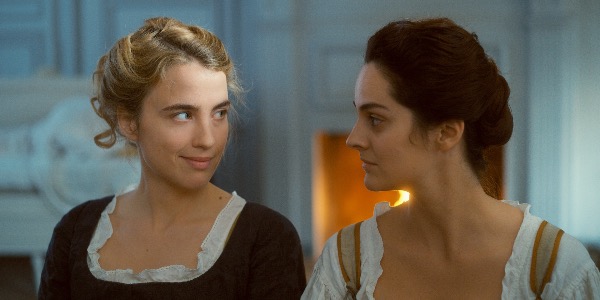
Consciously playing with gaze without getting stuffy, the film is a delight whether you want to approach it intellectually or not, and the many levels this film works at is what makes it truly remarkable. You want a sensual romance? Sciamma paces their relationship masterfully and moves it forward with moments of bracing intimacy. You want to lean into that feminism? Wait for the painter to loosen her tongue and the subject to direct her to what she should be capturing.
Even with these layers, Sciamma doesn’t abandon her sparse approach, using no score and for most of the film utilizing only three characters. And yet, like in all her other movies, the world of Portrait seems infinite because of what she does capture, which feels like a resurrection we didn’t know to wait for.
Final Thoughts
Portrait may have brought Sciamma to the fore of the international scene, but don’t look for her to capitalize on that success quickly. She’s always taken her time between films, crafting each in to immaculate worlds, and she’s got no projects announced yet. So, if you haven’t been keeping up with her work, then you can use the time until her next film to catch up. If you have, then you know they’re worth the wait.
How many of Sciamma’s films have you seen? What are your favorites? Let us know in the comments!
Does content like this matter to you?
Become a Member and support film journalism. Unlock access to all of Film Inquiry`s great articles. Join a community of like-minded readers who are passionate about cinema - get access to our private members Network, give back to independent filmmakers, and more.
Alex is a film addict, TV aficionado, and book lover. He's perfecting his cat dad energy.













